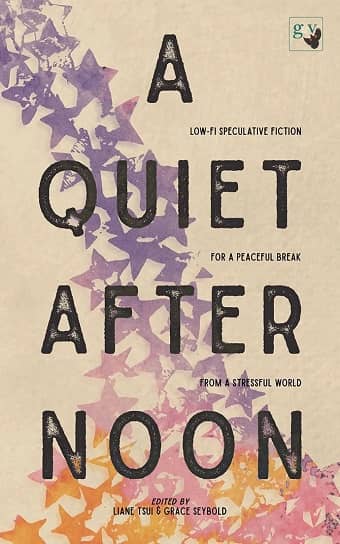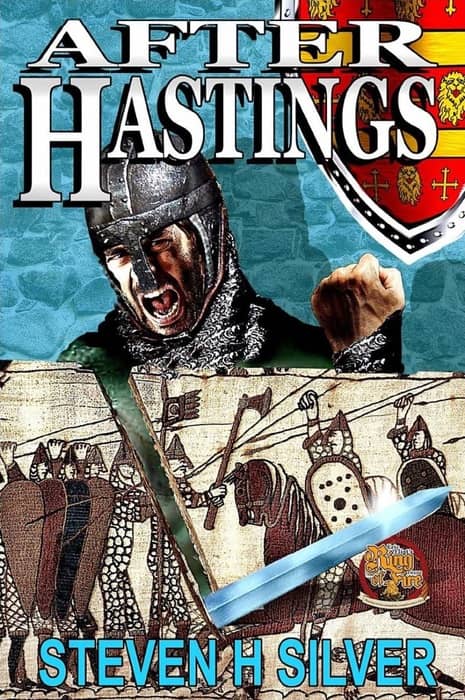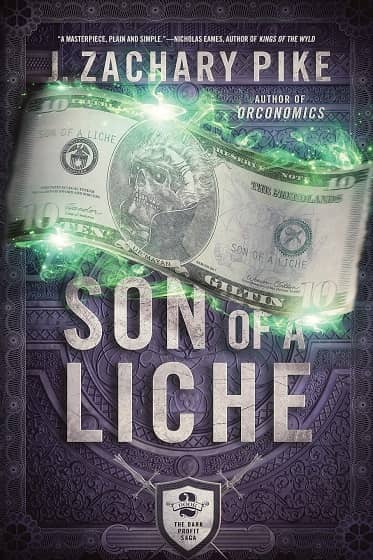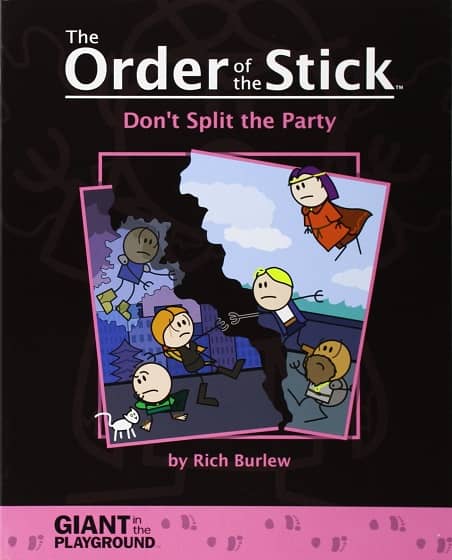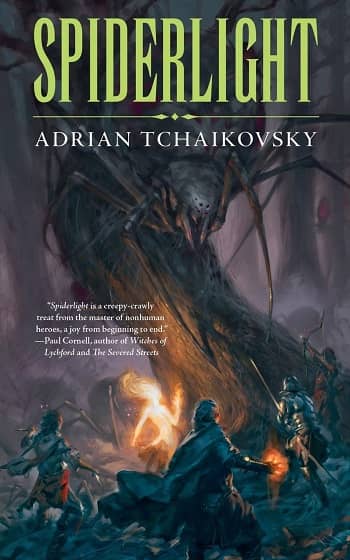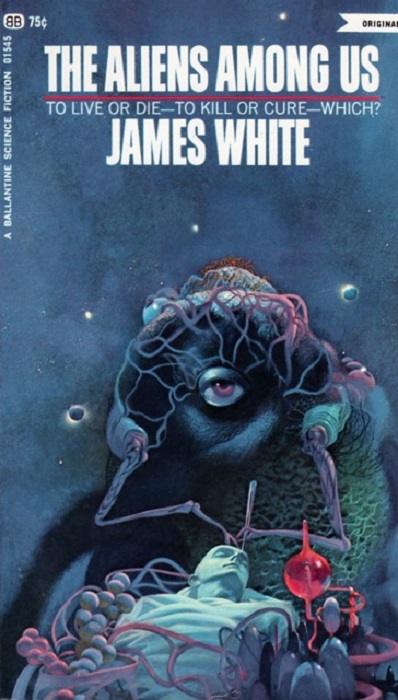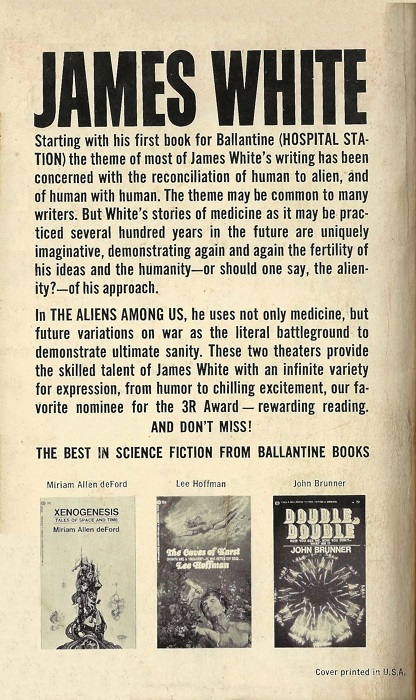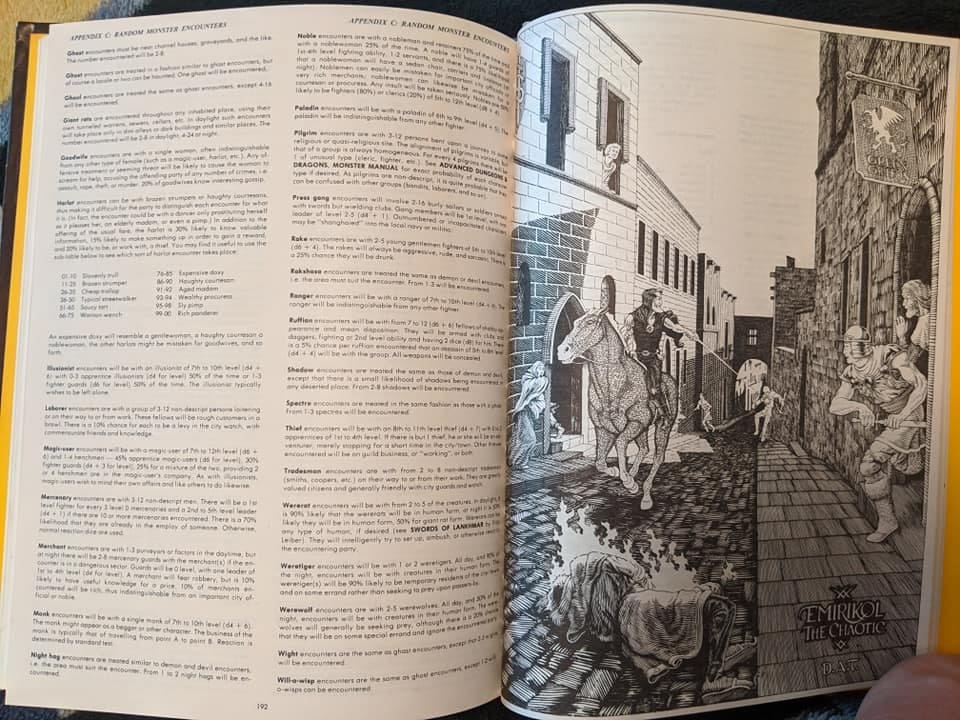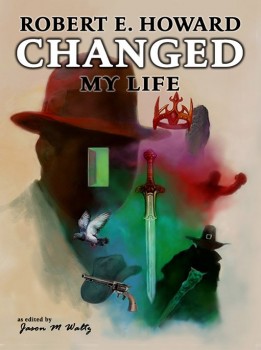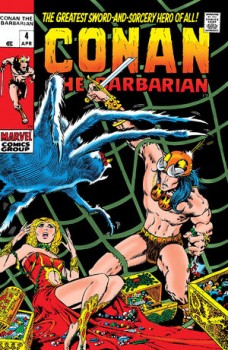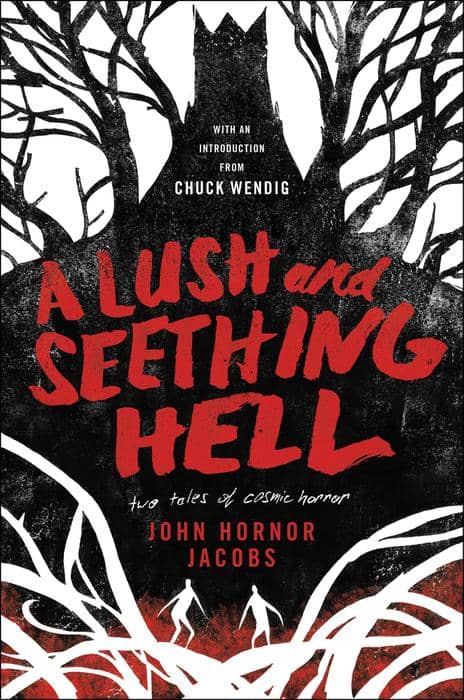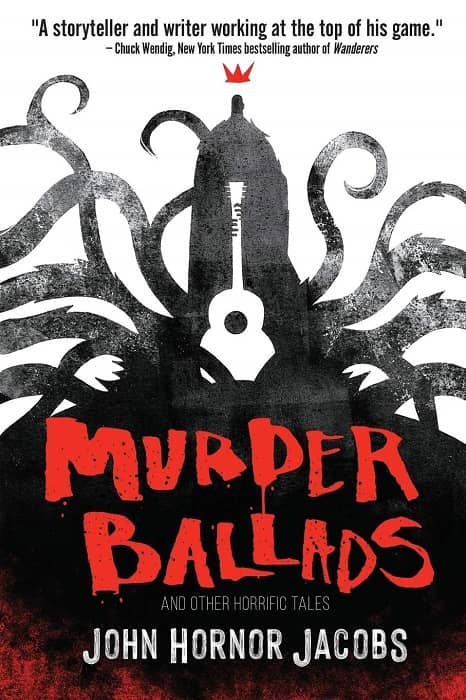
“You’re the second guy I’ve met within hours who seems to think a gat in the hand means a world by the tail.” – Phillip Marlowe in Raymond Chandler’s The Big Sleep
(Gat — Prohibition Era term for a gun. Shortened version of Gatling Gun)
Yours Truly, Johnny Dollar, was a very popular radio show that ran from 1949 – 1962. Dollar was a free-lance insurance investigator – maybe the best in the business — who traveled all over the United States and beyond, to help insurance companies stay on the right side of the financial ledger. He’s famous for fully expensing his trips: claiming ten cents for an aspirin for a job-induced headache is standard. Each episode opens with some company hiring him to look into a claim on their behalf. He usually has a quip early on (“Hi Johnny, are you free?” “Available, yes. Free, no.”), and then travels to the scene of the affair.
Dick Powell recorded the first audition for the part, but passed on the show to make Richard Diamond, Private Eye (a show I thoroughly enjoy). Charles Russell (Inner Sanctum) became the first Dollar, succeed not long after by Edmond O’Brien (White HeatThe Wild Bunch), and then John Lund (Foreign Affair, High Society). Bob Bailey had the longest, and most successful, run. When the show moved from Hollywood to New York, he quit to remain on the West coast. Robert Readick (his career spanned over five decades in radio) took over in New York, and finally, it was Mandel Kramer (The Edge of Night). Today, we’ll look at a John Lund episode.
One of the Lund episodes which I really like, because it has a Raymond Chandler feel to it, is The Emily Braddock Matter, which aired on May 19, 1953. You can listen to the episode here: scroll down to number 24.
A woman is passing bad checks out on the West coast, and the Baltimore Liability insurance company calls on Dollar to fly out to California to stop her. She’s hit three of their covered hotels. Of course, Philip Marlowe – and his prototypes, such as Johnny Dalmas – operated out of southern California, with the fictional Bay City being Santa Barbara. But Dollar has cases all over the world, so that wasn’t really a Chandler trigger.
“Expense account item one, $158.16; Plane fare and incidentals, Hartford to Santa Barbara.” And off we go!
His local police contact is out, so Dollar heads to the Harbor Inn, where Glenn Sheridan is the hotel operator who had been taken in by the crook. He has twenty years experience in the business, but said she was the best he’s seen. She bluffed her way through a four-day stay, giving Sheridan a forged check for $813 when she left. She had been well dressed, with fancy luggage (which she probably bought with a forged check), spending big money in the dining room every evening. She totally fooled him.
…
Read More Read More

